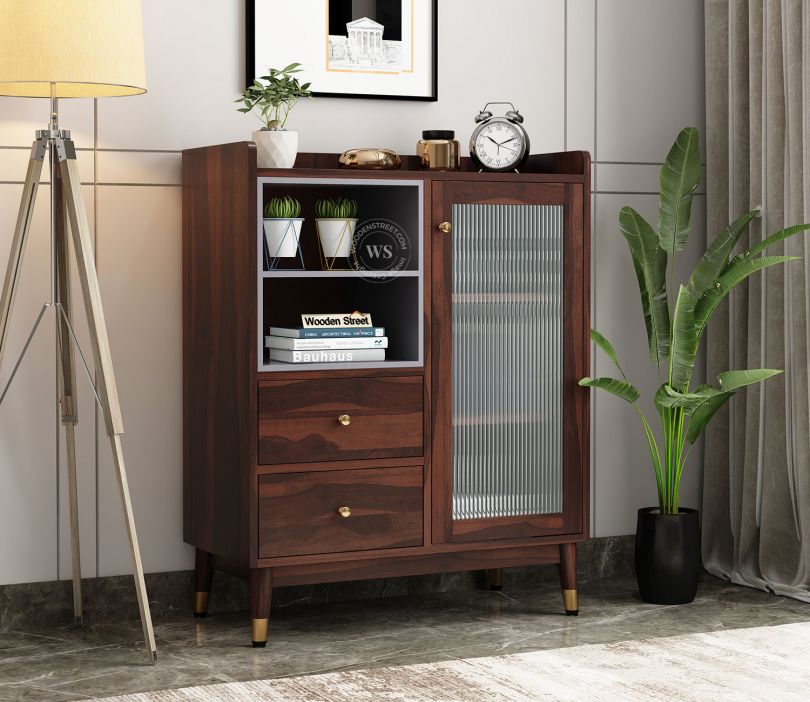Your kitchen cabinets are more than just storage—they define the personality, style, and functionality of your entire kitchen. Choosing the perfect cabinets is a significant investment that shapes your daily cooking experience and can dramatically affect your home’s resale value. This guide walks you step by step through making informed decisions—from materials and style to budget and installation.
1. Define Your Needs and Priorities
a. Storage Requirements
Start by listing what you store in your kitchen Cabinet:
- Pots, pans, and large appliances
- Everyday dishware and cutlery
- Staples like spices, canned goods, and dry items
Set priorities: Do you need deep drawers for cookware or tall pull-outs for pantry goods?
b. Workflow and Layout
A well-designed cabinet setup supports kitchen workflow. Map the “kitchen work triangle”—the optimal path between sink, stove, and refrigerator. Think about:
- Base cabinets for cookware and cleaning tools
- Wall cabinets for dishes or spices
- A pantry cabinet for bulk items
c. Aesthetic Preference
Choose a style that complements your home’s character:
- Modern: clean lines, flat-panel doors, minimalist hardware
- Traditional: raised panels, detailed trims, classic finishes
- Transitional: a mix of contemporary and traditional elements
2. Cabinet Construction: Quality Matters
a. Construction Types
| Cabinet Type | Description | Durability |
|---|---|---|
| Stock | Pre-built and ready to install | Budget-friendly, limited options |
| Semi-Custom | Can be tailored by size or finish | Balanced quality and cost |
| Custom | Built to exact specs and materials | Highest quality, highest cost |
b. Box and Frame Quality
- Box materials: plywood (durable), MDF (smooth finish), particle board (economical)
- Frame joints: dovetail joints (strongest), screwed or stapled—prefer dovetail
Ensure the cabinet box has a full back panel for rigidity and alignment.
c. Door Styles & Hardware
- Frame styles: slab (modern), Shaker (transitional), raised-panel (traditional)
- Choose hardware that complements: inset, overlay, or handle-less
- Soft-close hinges and full-extension drawer slides enhance functionality
3. Choosing the Right Materials

a. Solid Wood vs. Veneer vs. Laminate
- Solid wood (oak, maple, cherry): luxurious, durable, refinishable
- Veneered plywood: natural wood appearance at lower cost
- Laminate and thermofoil: moisture-resistant, budget-friendly, various finishes
b. Finishes & Maintenance
- Stain shows wood grain; water-based polyurethane enhances it
- Paint gives color flexibility—ensure smooth, dust-free application
- Laminate/Thermofoil is low-maintenance but can chip at edges
4. Styles That Compliment Your Home
a. Modern & Contemporary Cabinets
Characterized by:
- Flat-panel doors, integrated handles, minimal detailing
- Glossy or matte finishes for a sleek appearance
- Often use glass inserts or two-tone palettes
b. Traditional Cabinets
Features:
- Raised panels, moldings, decorative legs
- Rich wood stains (cherry or mahogany)
- Classic handles and knobs
c. Transitional Offers the Best of Both
E.g., a Shaker door flanked by simple horizontal pulls—ideal for balanced style.
5. Smart Features to Incorporate
- Pull-out pantry systems for spices and dry goods
- Deep drawers with organizer trays for cookware and utensils
- Corner storage solutions: Lazy Susans, diagonal units, or blind cabinets
- Tall units for broom storage or integrated appliances (ovens, microwaves)
- Under-sink cabinetry with pull-out bins or vertical tray dividers
- LED lighting inside cabinets and beneath upper units for function and ambiance
6. Color & Finish Selection
Choose colors and finishes that reflect light and visually expand space:
- Whites, creams, and pastels for bright, airy kitchens
- Two-tone schemes: light upper cabinets, darker base cabinets
- Bold accent tones like navy or forest green on an island or pantry
- Metallic finishes or glass inserts for a high-end look
A lighter palette makes small kitchens feel larger—while contrast adds depth.
7. Budget and Cost Planning
| Cabinet Type | Typical Cost* |
|---|---|
| Stock Cabinets | $60–150 per linear foot |
| Semi-Custom | $150–300 per linear foot |
| Custom Cabinets | $300–600+ per linear foot |
*Prices may vary by region and retailer.
Factor in:
- Cabinet boxes, doors, hardware, lighting, delivery, installation
- DIY for stock cabinets to save money—but custom installation ensures alignment
8. Buying Locations and Considerations
- Local retailers: try functionality before you buy
- Home improvement stores: huge selections of both stock and semi-custom
- Online cabinets: vast choices, delivery to home—great for semi-custom needs
- Always request a sample door and cabinet box to check color, material, and build quality
9. Green and Sustainable Cabinet Choices
- FSC-certified wood ensures responsible forestry
- Plywood boxes over MDF or particle board
- Low-VOC finishes for healthier indoor air
- Use eco-friendly adhesives
Going green supports the environment without sacrificing aesthetics or durability.
10. Installation and Maintenance Tips
- Professional installation ensures level cabinets, seamless appliance fit, and structural safety
- DIY installation may work for remodels or stock units—simply ensure walls are plumb
- Care tips: mild soap, avoid harsh chemicals, lubricate soft-close parts regularly
- Quickly repair chips or scratches—sand, stain, or paint as needed
Conclusion: Create Your Ideal Kitchen Cabinetry
Choosing the best kitchen cabinets is a blend of function, style, budget, and sustainability. By thoughtfully prioritizing your storage needs, design preferences, and construction quality, you can find cabinetry that elevates your home now—and adds long-term value. Whether opting for sleek modern styles or foundational custom wood units, your ideal kitchen awaits.




























